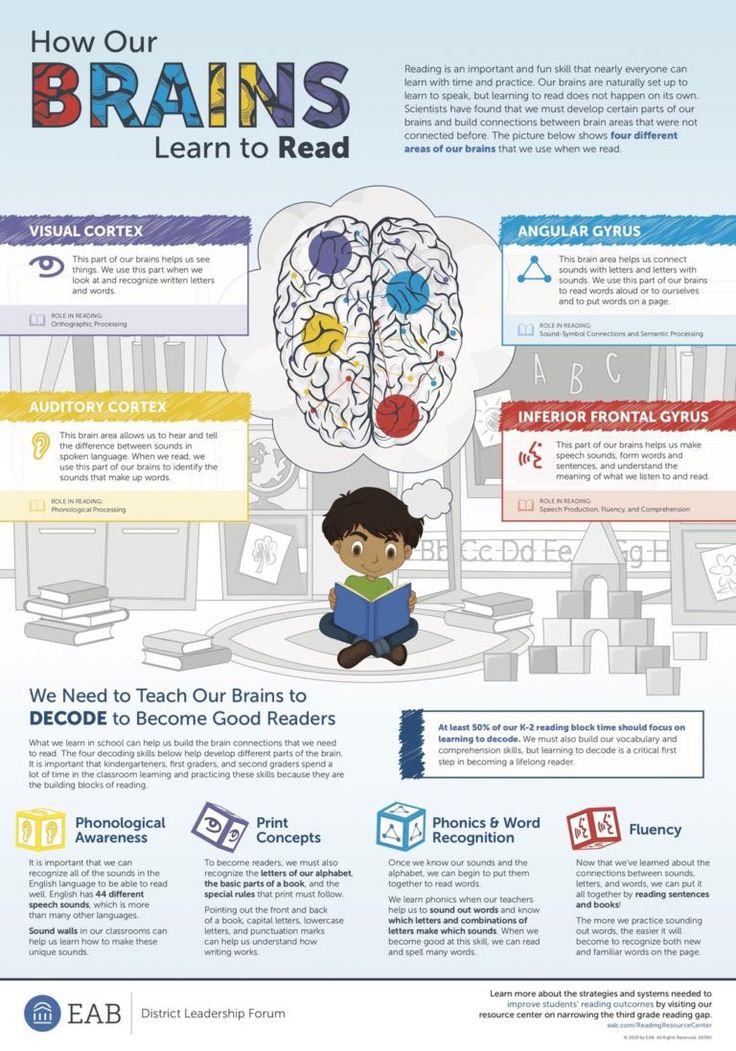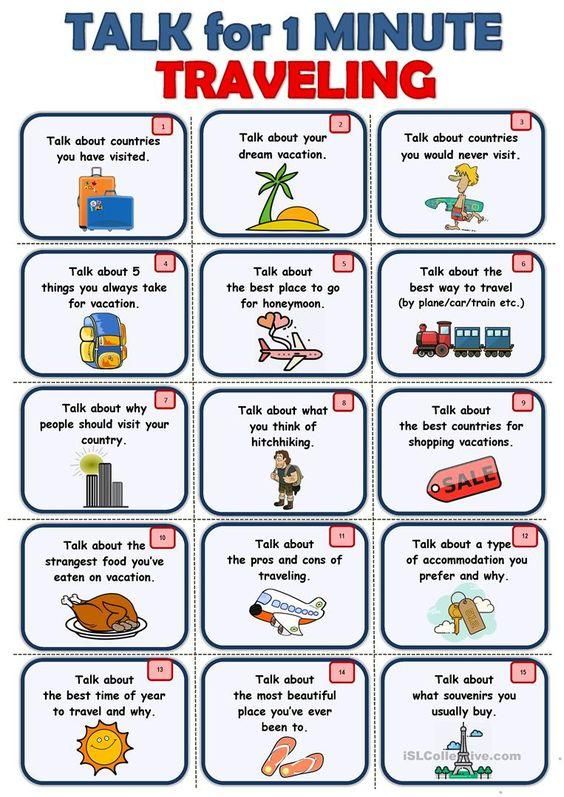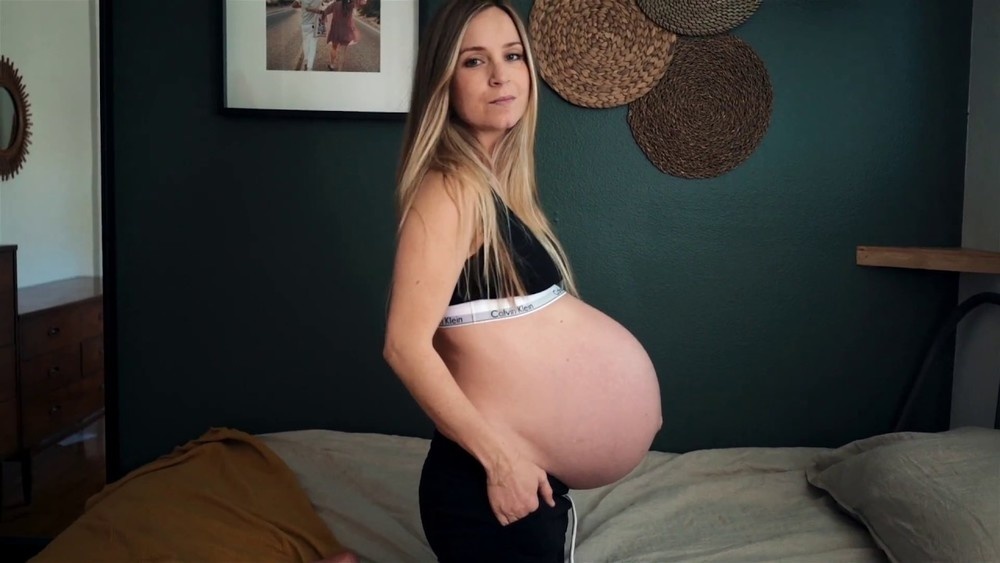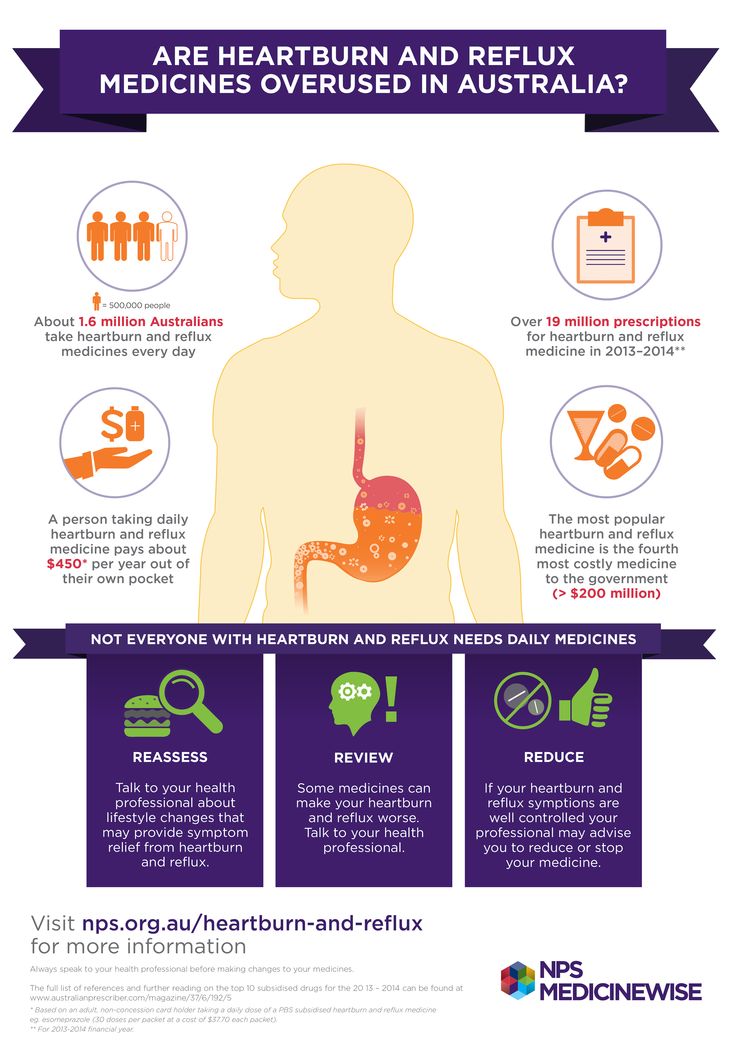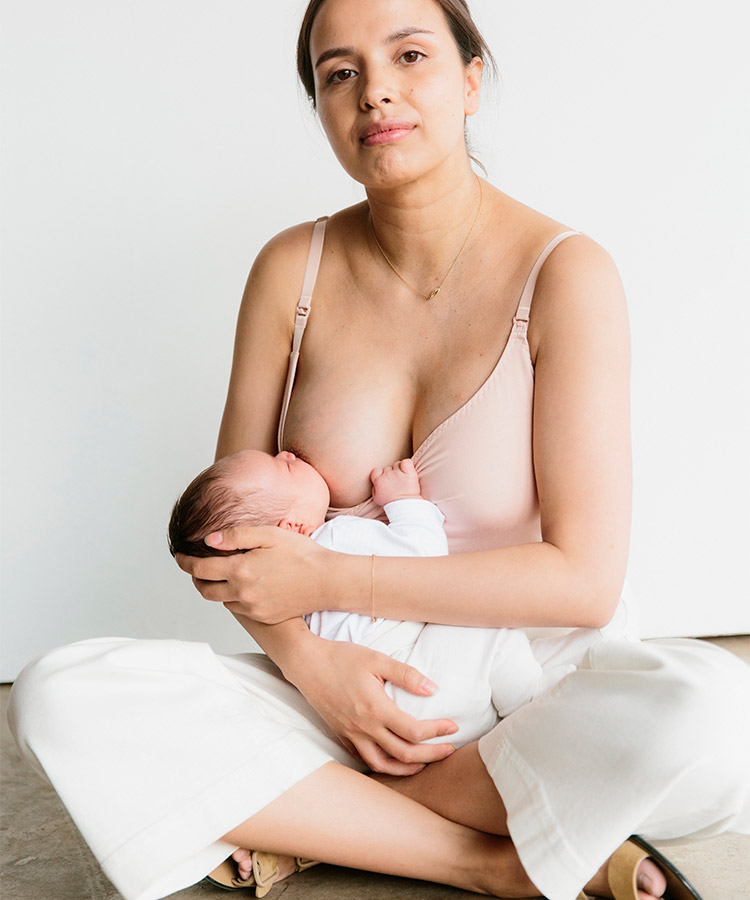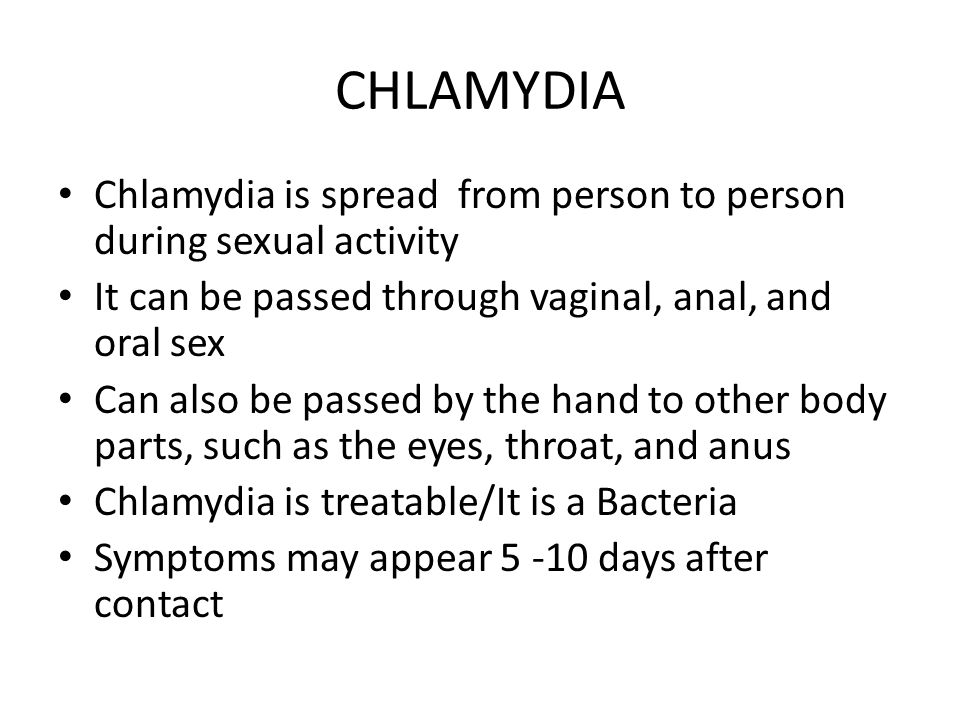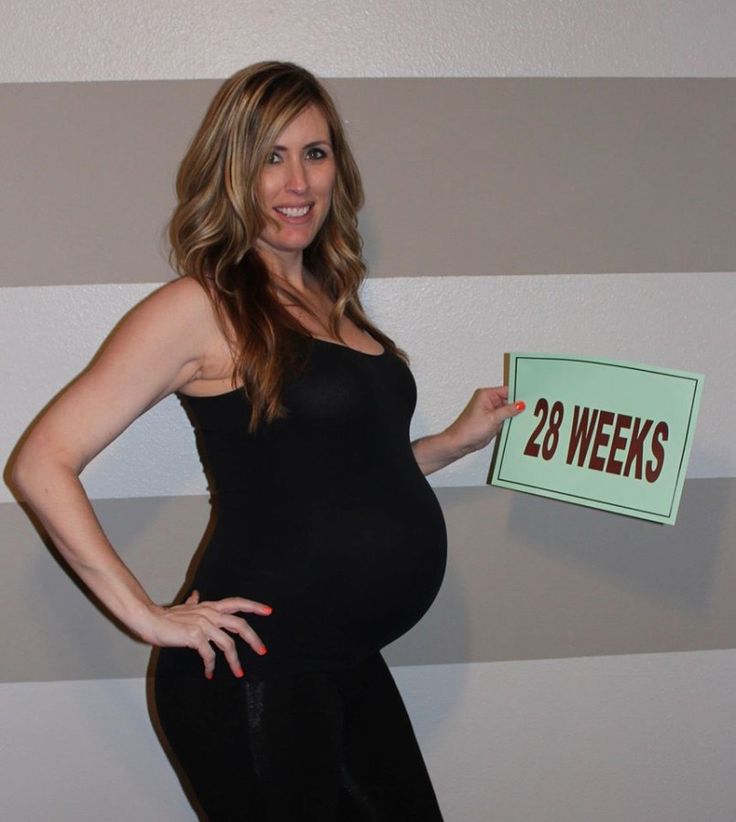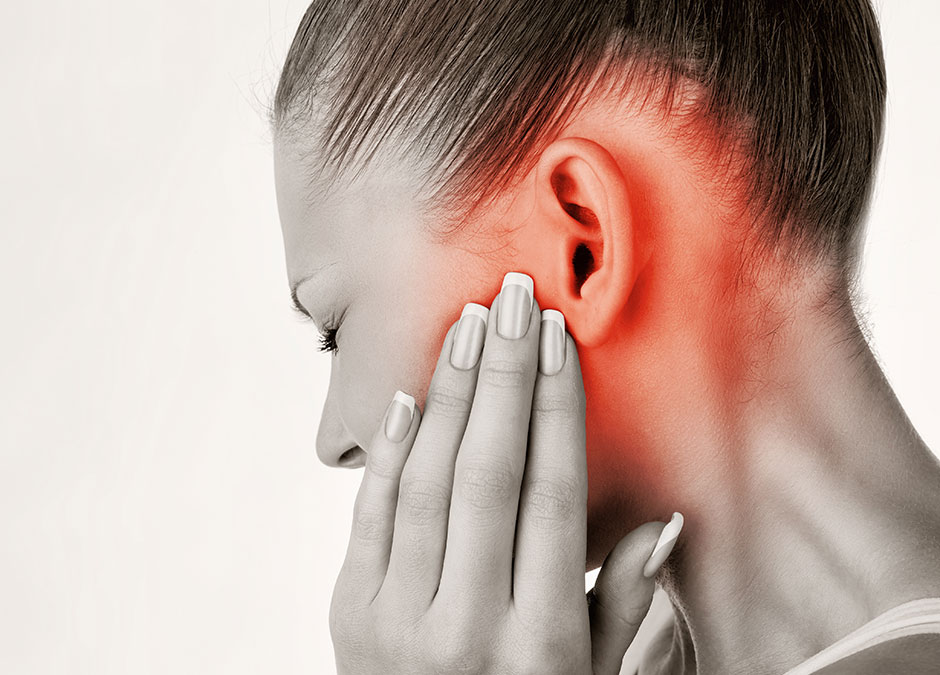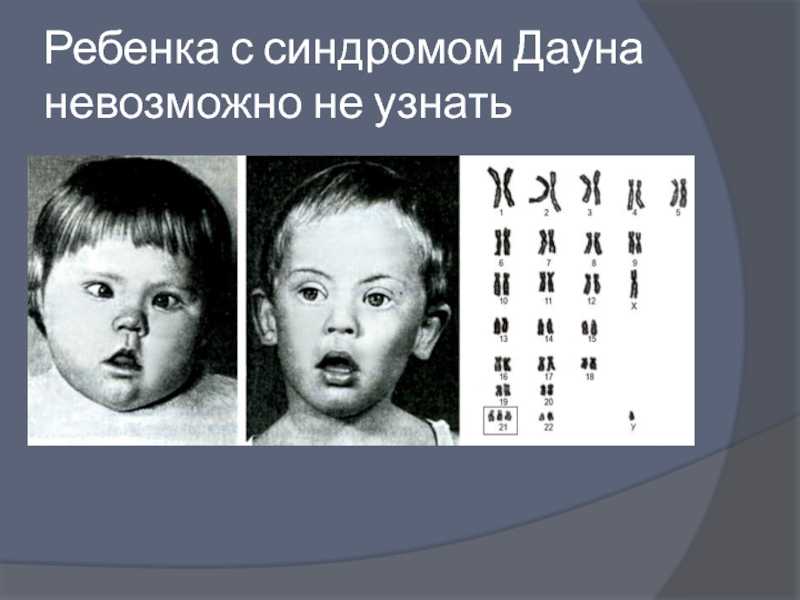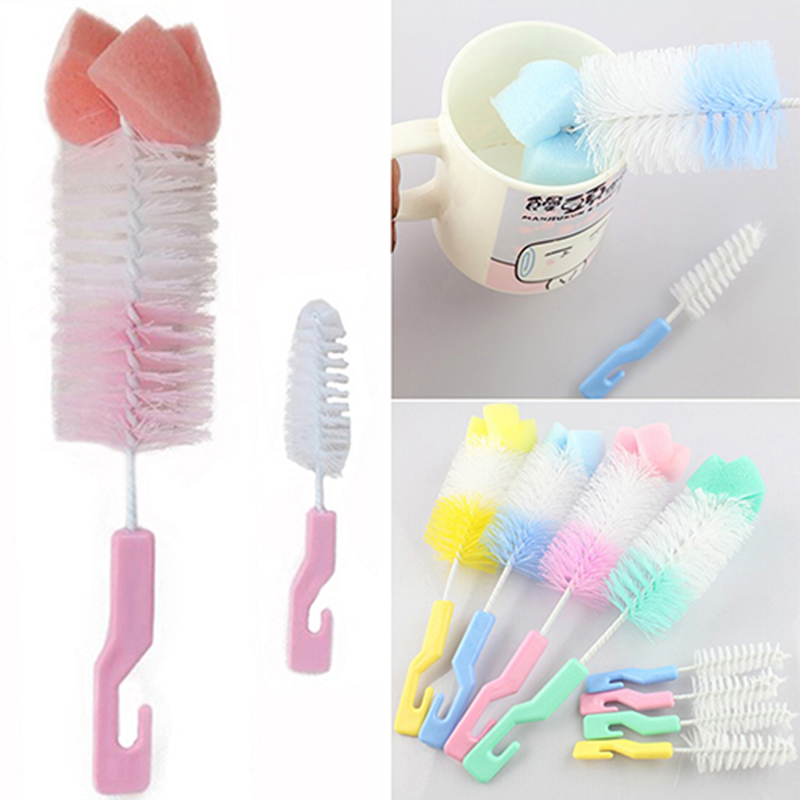When does a baby's brain start to develop
When Does a Fetus Develop a Brain?
Pregnancy is an exciting time full of rapid change and development for both you and your baby. While the growth happening on the outside is clear to everyone (hello, growing belly!), it’s the development we can’t see that is truly fascinating.
Your fetus will begin the process of developing a brain around week 5, but it isn’t until week 6 or 7 when the neural tube closes and the brain separates into three parts, that the real fun begins.
Around week 5, your baby’s brain, spinal cord, and heart begin to develop. Your baby’s brain is part of the central nervous system, which also houses the spinal cord. There are three key components of a baby’s brain to consider. These include:
- Cerebrum: Thinking, remembering, and feeling occurs in this part of the brain.
- Cerebellum: This part of the brain is responsible for motor control, which allows the baby to move their arms and legs, among other things.
- Brain stem: Keeping the body alive is the primary role of the brain stem. This includes breathing, heartbeat, and blood pressure.
The first trimester is a time of rapid development and separation of the various parts of the brain, according to Kecia Gaither, MD, MPH, double board certified in obstetrics and gynecology and maternal-fetal medicine, and director of perinatal services at NYC Health + Hospitals/Lincoln.
Within 4 weeks, the rudimentary structure known as the neural plate develops, which Gaither says is considered the precursor to the nervous system. “This plate elongates and folds on itself forming the neural tube — the cephalad portion of the tube becomes the brain, while the caudal portion elongates to eventually become the spinal cord,” she explains.
The neural tube continues to grow, but around week 6 or 7, Gaither says it closes, and the cephalad portion (aka the rudimentary brain) separates into three distinct parts: front brain, midbrain, and hindbrain.
It’s also during this time that neurons and synapses (connections) begin to develop in the spinal cord. These early connections allow the fetus to make its first movements.
During the second trimester, Gaither says the brain begins to take command of bodily functions. This includes specific movements that come from the hindbrain, and more specifically, the cerebellum.
One of the first notable developments, sucking and swallowing, are detectable around 16 weeks. Fast-forward to 21 weeks, and Gaither says baby can swallow amniotic fluid.
It’s also during the second trimester that breathing movements begin as directed by the developing central nervous system. Experts call this “practice breathing” since the brain (and more specifically, the brain stem) is directing the diaphragm and chest muscles to contract.
And don’t be surprised if you feel some kicking during this trimester. Remember the cerebellum or the part of the brain responsible for motor control? Well, its directing the baby’s movements, including kicking and stretching.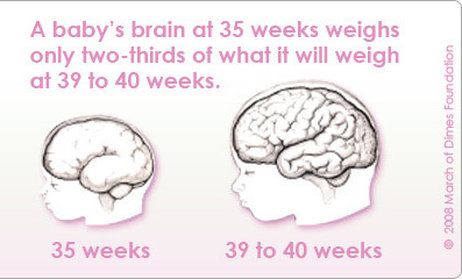
Gaither points out that a fetus can begin to hear during the late second trimester, and a sleep pattern emerges as the brainwaves from the developing hypothalamus become more mature.
By the end of the second trimester, Gaither says the fetal brain looks structurally much like the adult brain with the brain stem almost entirely developed.
The third trimester is full of rapid growth. In fact, as your baby continues to grow, so does the brain. “All the convoluted surfaces of the brain materialize, and the halves (right brain and left brain) will separate,” explains Gaither.
The most notable part of the brain during this final trimester is the cerebellum — hence, the kicking, punching, wiggling, stretching, and all of the other movements your baby is performing.
Share on PinterestIllustration by Alyssa Kiefer
While it may feel like you have control over nothing for the next 9 months, you do have a say in the foods you eat. Healthy brain development starts before pregnancy.
According to the Centers for Disease Control and Prevention, a healthy diet that includes folic acid, both from foods and dietary supplements, can promote a healthy nervous system.
“There are a number of defects along the baby’s brain and spinal cord that can occur when there is an abnormality occurring within the first weeks of brain development,” says Gaither. This may include anencephaly or spina bifida.
Gaither says two supplements in particular are involved with fetal brain development:
Folic acidFolic acid (vitamin B9, specifically) supports fetal brain and spinal development. Not only does it play a role forming the neural tube, but Gaither says it’s also involved in the production of DNA and neurotransmitters, and it’s important for the production of energy and red blood cells.
Gaither recommends taking at least 400 to 600 micrograms of folic acid daily while you’re trying to conceive, and then continue with 400 micrograms daily during pregnancy.
“If you’ve had a child with a neural tube defect, then 4 grams daily in the preconceptual period is advised,” says Gaither.
Foods rich in folate/folic acid include dark green leafy vegetables, flaxseed, and whole grains.
Omega-3 fatty acids
Also important for fetal brain development are omega-3 fatty acids. “The brain has a high fat content, and the omegas are helpful in the deposition of the fat in not only the brain, but the eyes as well,” explains Gaither.
Omegas are also helpful in the neural synapse development or nerve connections to each other.
Foods rich in omega 3-fatty acids include salmon, walnuts, and avocados.
Fetal brain development starts before you may even realize you’re pregnant. That’s why it’s important to start on a prenatal vitamin that contains folic acid right away. If you’re not pregnant, but thinking about having a baby, add a prenatal vitamin to your daily routine.
The brain begins to form early in the first trimester and continues until you give birth. During pregnancy, fetal brain development will be responsible for certain actions like breathing, kicking, and the heartbeat.
During pregnancy, fetal brain development will be responsible for certain actions like breathing, kicking, and the heartbeat.
Talk to your doctor if you have any questions about your pregnancy, fetal brain development, or how to nurture the baby’s developing brain.
When Does a Fetus Develop a Brain?
Pregnancy is an exciting time full of rapid change and development for both you and your baby. While the growth happening on the outside is clear to everyone (hello, growing belly!), it’s the development we can’t see that is truly fascinating.
Your fetus will begin the process of developing a brain around week 5, but it isn’t until week 6 or 7 when the neural tube closes and the brain separates into three parts, that the real fun begins.
Around week 5, your baby’s brain, spinal cord, and heart begin to develop. Your baby’s brain is part of the central nervous system, which also houses the spinal cord. There are three key components of a baby’s brain to consider.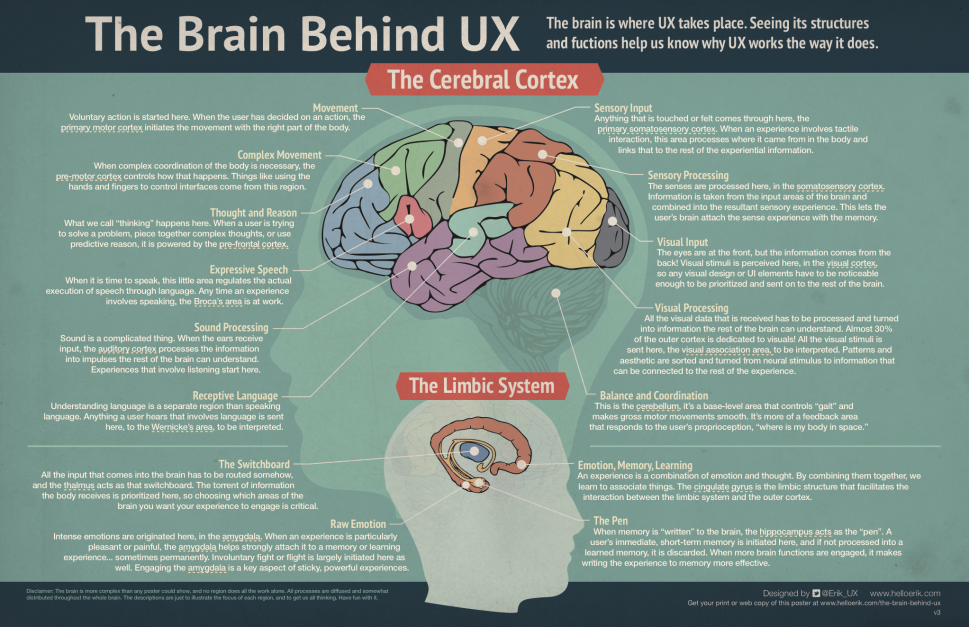 These include:
These include:
- Cerebrum: Thinking, remembering, and feeling occurs in this part of the brain.
- Cerebellum: This part of the brain is responsible for motor control, which allows the baby to move their arms and legs, among other things.
- Brain stem: Keeping the body alive is the primary role of the brain stem. This includes breathing, heartbeat, and blood pressure.
The first trimester is a time of rapid development and separation of the various parts of the brain, according to Kecia Gaither, MD, MPH, double board certified in obstetrics and gynecology and maternal-fetal medicine, and director of perinatal services at NYC Health + Hospitals/Lincoln.
Within 4 weeks, the rudimentary structure known as the neural plate develops, which Gaither says is considered the precursor to the nervous system. “This plate elongates and folds on itself forming the neural tube — the cephalad portion of the tube becomes the brain, while the caudal portion elongates to eventually become the spinal cord,” she explains.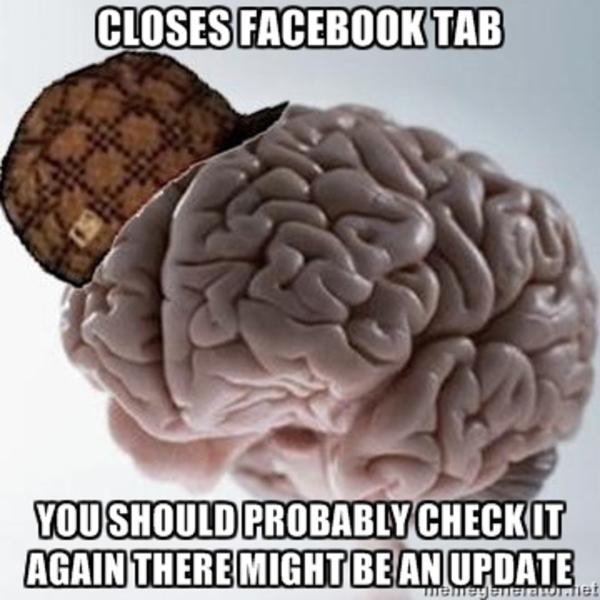
The neural tube continues to grow, but around week 6 or 7, Gaither says it closes, and the cephalad portion (aka the rudimentary brain) separates into three distinct parts: front brain, midbrain, and hindbrain.
It’s also during this time that neurons and synapses (connections) begin to develop in the spinal cord. These early connections allow the fetus to make its first movements.
During the second trimester, Gaither says the brain begins to take command of bodily functions. This includes specific movements that come from the hindbrain, and more specifically, the cerebellum.
One of the first notable developments, sucking and swallowing, are detectable around 16 weeks. Fast-forward to 21 weeks, and Gaither says baby can swallow amniotic fluid.
It’s also during the second trimester that breathing movements begin as directed by the developing central nervous system. Experts call this “practice breathing” since the brain (and more specifically, the brain stem) is directing the diaphragm and chest muscles to contract.
And don’t be surprised if you feel some kicking during this trimester. Remember the cerebellum or the part of the brain responsible for motor control? Well, its directing the baby’s movements, including kicking and stretching.
Gaither points out that a fetus can begin to hear during the late second trimester, and a sleep pattern emerges as the brainwaves from the developing hypothalamus become more mature.
By the end of the second trimester, Gaither says the fetal brain looks structurally much like the adult brain with the brain stem almost entirely developed.
The third trimester is full of rapid growth. In fact, as your baby continues to grow, so does the brain. “All the convoluted surfaces of the brain materialize, and the halves (right brain and left brain) will separate,” explains Gaither.
The most notable part of the brain during this final trimester is the cerebellum — hence, the kicking, punching, wiggling, stretching, and all of the other movements your baby is performing.
Share on PinterestIllustration by Alyssa Kiefer
While it may feel like you have control over nothing for the next 9 months, you do have a say in the foods you eat. Healthy brain development starts before pregnancy.
According to the Centers for Disease Control and Prevention, a healthy diet that includes folic acid, both from foods and dietary supplements, can promote a healthy nervous system.
“There are a number of defects along the baby’s brain and spinal cord that can occur when there is an abnormality occurring within the first weeks of brain development,” says Gaither. This may include anencephaly or spina bifida.
Gaither says two supplements in particular are involved with fetal brain development:
Folic acidFolic acid (vitamin B9, specifically) supports fetal brain and spinal development. Not only does it play a role forming the neural tube, but Gaither says it’s also involved in the production of DNA and neurotransmitters, and it’s important for the production of energy and red blood cells.
Gaither recommends taking at least 400 to 600 micrograms of folic acid daily while you’re trying to conceive, and then continue with 400 micrograms daily during pregnancy.
“If you’ve had a child with a neural tube defect, then 4 grams daily in the preconceptual period is advised,” says Gaither.
Foods rich in folate/folic acid include dark green leafy vegetables, flaxseed, and whole grains.
Omega-3 fatty acids
Also important for fetal brain development are omega-3 fatty acids. “The brain has a high fat content, and the omegas are helpful in the deposition of the fat in not only the brain, but the eyes as well,” explains Gaither.
Omegas are also helpful in the neural synapse development or nerve connections to each other.
Foods rich in omega 3-fatty acids include salmon, walnuts, and avocados.
Fetal brain development starts before you may even realize you’re pregnant. That’s why it’s important to start on a prenatal vitamin that contains folic acid right away. If you’re not pregnant, but thinking about having a baby, add a prenatal vitamin to your daily routine.
If you’re not pregnant, but thinking about having a baby, add a prenatal vitamin to your daily routine.
The brain begins to form early in the first trimester and continues until you give birth. During pregnancy, fetal brain development will be responsible for certain actions like breathing, kicking, and the heartbeat.
Talk to your doctor if you have any questions about your pregnancy, fetal brain development, or how to nurture the baby’s developing brain.
Development of a child's brain from birth to age 3
The prenatal period accounts for 70% of a child's brain development, 15% during infancy, and another 15% during the preschool years. Until the baby is born, as well as in the first months after birth, that is, during the breastfeeding period, its development and health are almost completely dependent on the mother's nutrition. Therefore, it is extremely important that you carefully monitor your diet and remember a number of nutrients that are especially important for the development of a child's brain.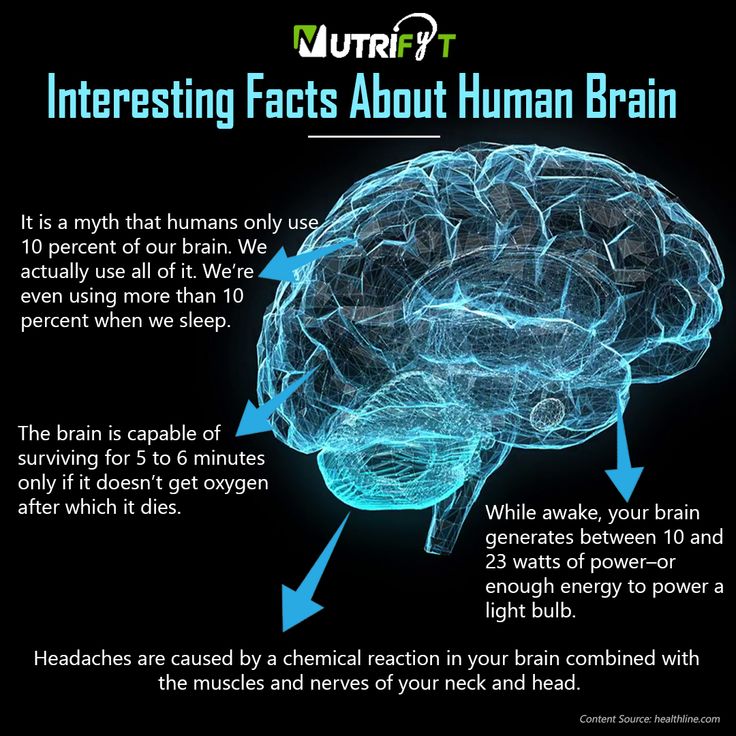
Important!
In the first year of life, your baby literally grows by leaps and bounds. In a year, his height doubles and his weight triples! But even more incredible speed of development at this time reaches his brain.
The medulla is laid in the fetal cranium already in the first weeks of intrauterine development of the baby. At the tenth week of pregnancy, the baby's brain is divided into three parts. In a child who was born, the brain is almost no different from the brain of an adult. By twelve months, the final formation of the brain structure is completed. The number of neurons remains approximately at the same level until the end of life. And from birth, a lot of reflexes and skills are embedded in the brain: breathing, sucking, grasping...
From birth, the neurons of the brain exist for the most part independently of each other. The task of the brain during the first 3 years is to establish and strengthen the connections between them. At this time, the cells of the child's brain create 2 million new connections - synapses - per second! As the child develops, the synapses become more complex: they grow like a tree with many branches and twigs.
The period from birth to three years is the time of the highest brain activity. By the age of three, a child's brain is already 80% the size of an adult's brain. The increase in brain volume occurs due to special glial cells: they are necessary for the existence of neurons. Starting from the age of three, a sharp slowdown in the rate of brain development begins, and after six years it almost completely slows down and the formation ends. The abilities of the brain of a six-year-old child practically coincide with those of an adult!
For the harmonious development of the baby's brain, an environment full of positive emotions and new impressions is needed. Such an environment will make the brain work more actively, stimulate its development. It is in the first three years that the future foundations of health, thinking, various skills, and adaptability to life are laid in the baby. Therefore, it is very important in these first three years to help the formation of the brain.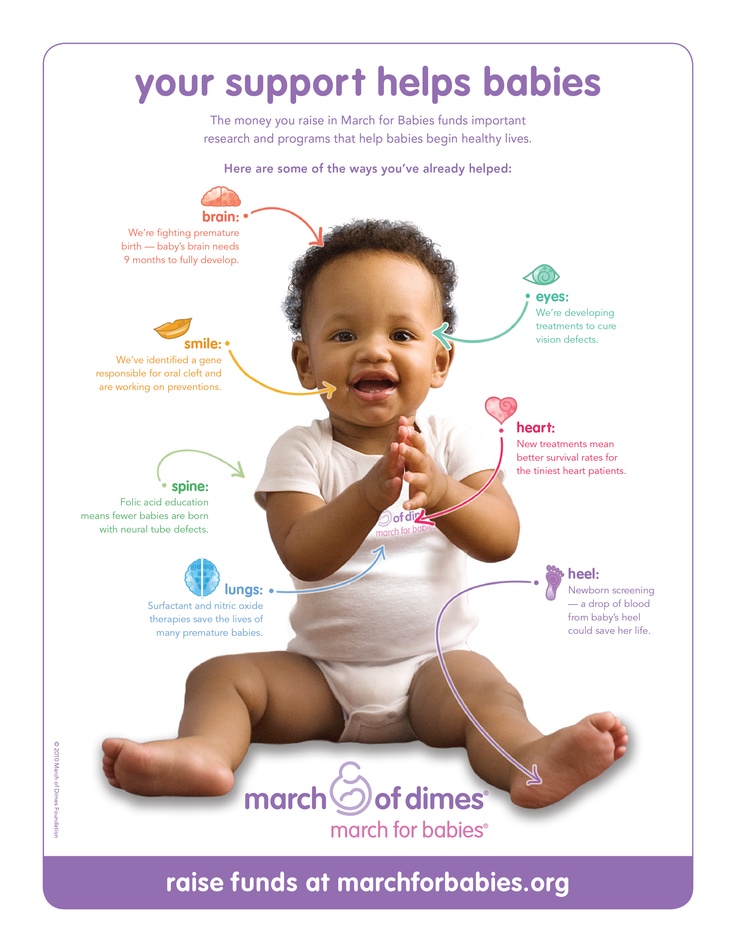 The child should be surrounded by images, sounds, touches, smells. All these are stimuli that are perceived by the brain and help it form faster.
The child should be surrounded by images, sounds, touches, smells. All these are stimuli that are perceived by the brain and help it form faster.
Adherents of the ideas of "early development" - the intensive development of a child's abilities at an early age (from 0 to 3 years) - pay special attention to this. In their opinion, it is necessary to introduce the baby to various activities as early as possible: develop his speech, draw, sculpt, play musical instruments, etc.
Equally important is the baby's nutrition. Of particular importance in the development and proper functioning of the baby's nervous system are long-chain polyunsaturated fatty acids. These include docosahexaenoic and arachidonic acids (DHA and ARA).
The "future genius" daily diet should include DHA and APA of breast milk or baby milk in case of supplementary feeding. Breast milk does not have an exact ratio of these fats, as their presence is highly dependent on the diet of the nursing mother and how much she consumes foods containing them.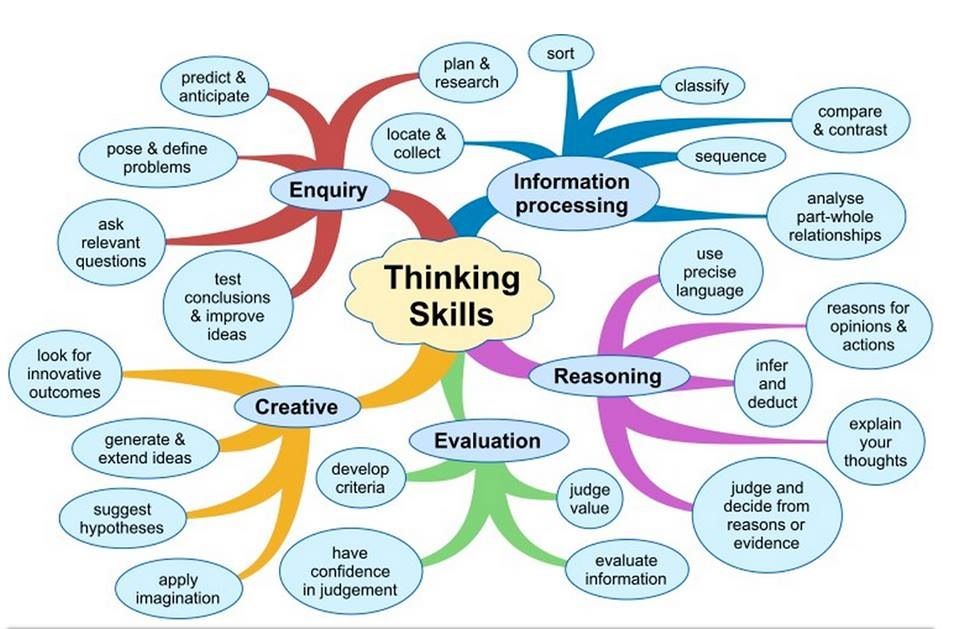 So, for example, the milk of Japanese mothers has a very high amount of DHA due to the high consumption of seafood, while the concentration of DHA in the milk of American mothers is very low. Also, sources of DHA in the mother's diet can be, for example, seafood, various vegetable oils, walnuts.
So, for example, the milk of Japanese mothers has a very high amount of DHA due to the high consumption of seafood, while the concentration of DHA in the milk of American mothers is very low. Also, sources of DHA in the mother's diet can be, for example, seafood, various vegetable oils, walnuts.
Development of thinking abilities | Multnomah County Library
Books, kids and the brain! Blimey!
Babies learn from birth. The science of brain development tells us that the first three years of life are very important for the formation of the brain of a small child. During the first year of life, brain size more than doubles. At age three, a child's brain is twice as active as an adult's. During this time, the brain prepares the foundation for a lifetime of learning and future academic success.
Parents, grandparents and caregivers play an important role. They can have a huge impact at this early stage of brain development. Newborns and young children learn best through warm and sensitive parenting. When you hold a small child in your arms, talk to him or read to him, connections are formed in his brain. The brain of a healthy child will eventually form trillions of such connections! Scientists also tell us that stimulating the brain of a newborn or young child can be done through simple actions: singing simple songs, talking and the colors and textures they see in the grocery store, reading daily while the child is sitting in your arms. Simple steps with amazing results.
Newborns and young children learn best through warm and sensitive parenting. When you hold a small child in your arms, talk to him or read to him, connections are formed in his brain. The brain of a healthy child will eventually form trillions of such connections! Scientists also tell us that stimulating the brain of a newborn or young child can be done through simple actions: singing simple songs, talking and the colors and textures they see in the grocery store, reading daily while the child is sitting in your arms. Simple steps with amazing results.
A new vision of child brain development.
Brain research is complex, but the basic idea is simple: babies learn from birth! The latest discoveries in the field of neuroscience over the past few years are giving us a whole new understanding of how the brain develops. This research has been facilitated by the development of sophisticated brain imaging systems such as PET scans.
The structure of the brain is not determined genetically.
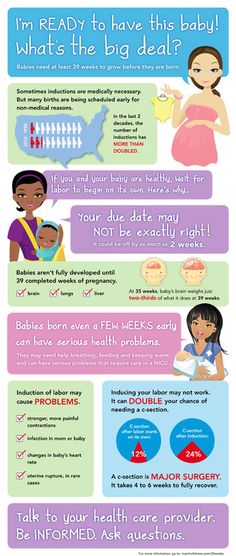
How the brain develops depends on the complex interplay between the genes you were born with and the experience you had. There has been clear evidence that activity, experience, attachment, and stimulation determine brain structure.
Early experience affects the way the brain works.
Incredibly, a baby's brain is largely unformed at birth. Most of its 100 billion neurons are not yet connected in the network. Some neurons are programmed to perform specific functions, such as breathing and heart work, but for most, the tasks have not yet been determined, and they are waiting for experience in the environment to determine their function. Connections are created by sensory experience: seeing, smelling, touching, and especially tasting, which stimulates the growth of neural connections. The formation and consolidation of these connections is the main task of brain development at the initial stage. By the age of 3, a child's brain is twice as active as an adult's - and remains so for the first ten years of life.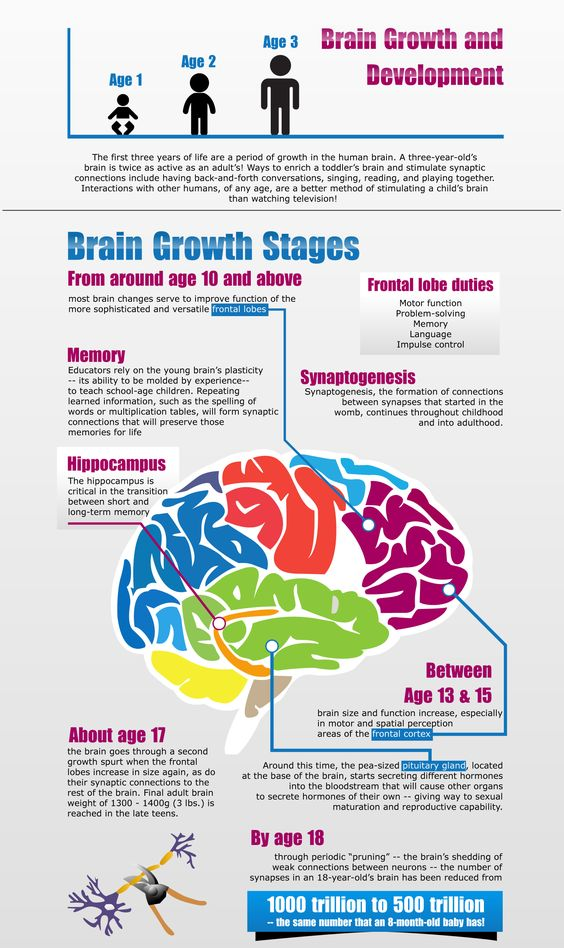 The child's brain forms twice as many synapses (connections) as the child actually needs. If these synapses are used regularly in a child's daily life, they will become fixed. If they are not used regularly, they will be removed. Thus, experience plays a critical role in shaping the structure of a child's brain. Activity levels drop naturally during adolescence as the brain "removes" unused connections like weeds.
The child's brain forms twice as many synapses (connections) as the child actually needs. If these synapses are used regularly in a child's daily life, they will become fixed. If they are not used regularly, they will be removed. Thus, experience plays a critical role in shaping the structure of a child's brain. Activity levels drop naturally during adolescence as the brain "removes" unused connections like weeds.
Brain development is non-linear; there is the best time to acquire different kinds of skills and knowledge.
The human brain has an incredible ability to change, but time is a critical factor. Although learning continues throughout life, there is a “best time” for optimal development. Negative experiences or lack of proper stimulation at certain points in life have more serious and long-term consequences. This ability of the brain to change depending on the environment is called “neuroplasticity” of the brain.
Interactions at an early age have a decisive influence on the nature and extent of an adult's abilities.
